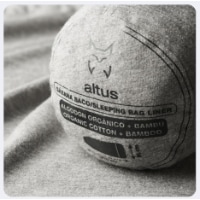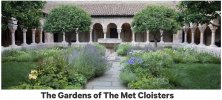Cloister with prune in Santa Maria la Real monastery, Najera, La Rioja, Spain.
There are several images under this heading here: https://www.alamy.com/cloister-with...ery-najera-la-rioja-spain-image425869403.htmlI'm guessing that 'prune' has been translated from the Spanish, but what word in Spanish? The first image is of the cloister with a well (pozo) in the foreground. Can pozo mean prune?
Thanks.

















